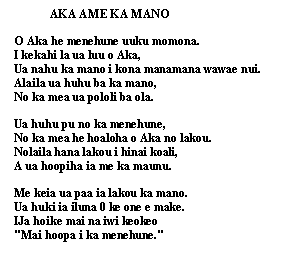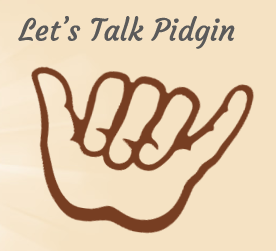
Bentō ( ja:弁当, べんとう): Box lunch geared for portability for picnics, etc.

Usually larger than the Japanese variety. Anpan ( ja:あんパン, 餡パン): A sweet bread filled with azuki bean paste and sprinkled on top with sesame seeds.It originates from the Portuguese word abóbora meaning Japanese pumpkin. For example, the word "bobora" is said to be spoken only in certain prefectures, especially in western Japan where many of the Japanese immigrants came from. They instead originated from Japan's regional dialects. Some words are not from the standard Japanese language. This fandom brought in the name " cosplay" and expanded its practice in a wider audience.

Another variety of cultural influence has been the increasing fandom and availability of anime and manga as early as the 1980s with that era's Viz Japanese comics in English and Mangajin magazine. Poke restaurants, centered around the Hawaiian dish, also have food with Japanese influences. Japanese food has increased in popularity and availability, most notably in the history of sushi in the US and Top Ramen, plus in the 21st century, ramen restaurants. However, as several varieties of Japanese cultural influence in the US in general has increased over the years, it has further bolstered the uses of Japanese terminology in Hawaiʻi.

Hawaiʻi is also unique in the United States in that Japanese loanwords often retain Japanese pronunciation, as in the tapped "r" sound even in words that have entered the American English dictionary such as " karaoke" and " karate." Such words have not been included here, nor have Japanese words which have entered the English language on a national level, such as " anime," ( ja:アニメ) " karaoke," ( ja:カラオケ) " samurai," ( 侍) and " sushi" ( ja:寿司). There are other Japanese words common among the Japanese American population (such as "okazu" and "obaachan"), but not as well-known among Hawaiʻi's general population. The linguistic influences of the Japanese in Hawaii began with the first immigrants from Japan in 1868 and continues with the large Japanese American population in Hawaiʻi today.

Many loanwords in Hawaiian Pidgin (or Hawaiian Creole English) derive from the Japanese language. Loanwords from the Japanese language in Hawaiʻi appear in various parts of the culture. ( June 2019) ( Learn how and when to remove this template message) Please help to improve this article by introducing more precise citations. This article includes a list of references, related reading, or external links, but its sources remain unclear because it lacks inline citations.


 0 kommentar(er)
0 kommentar(er)
